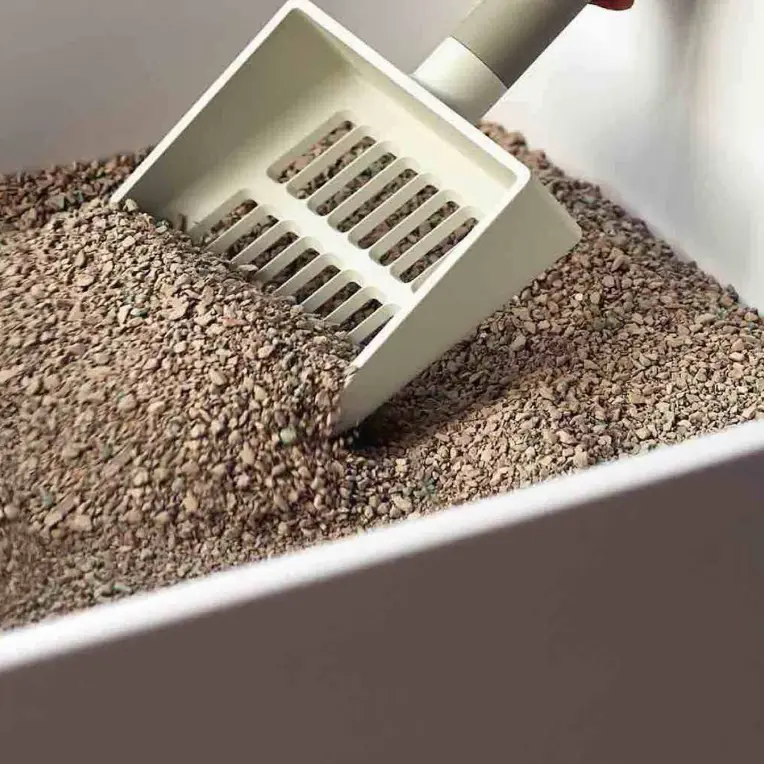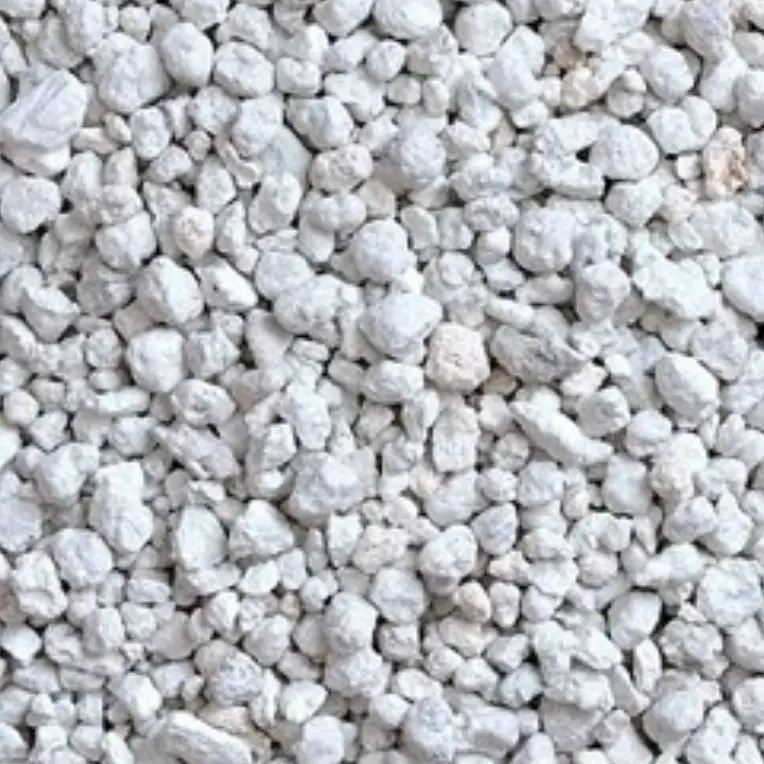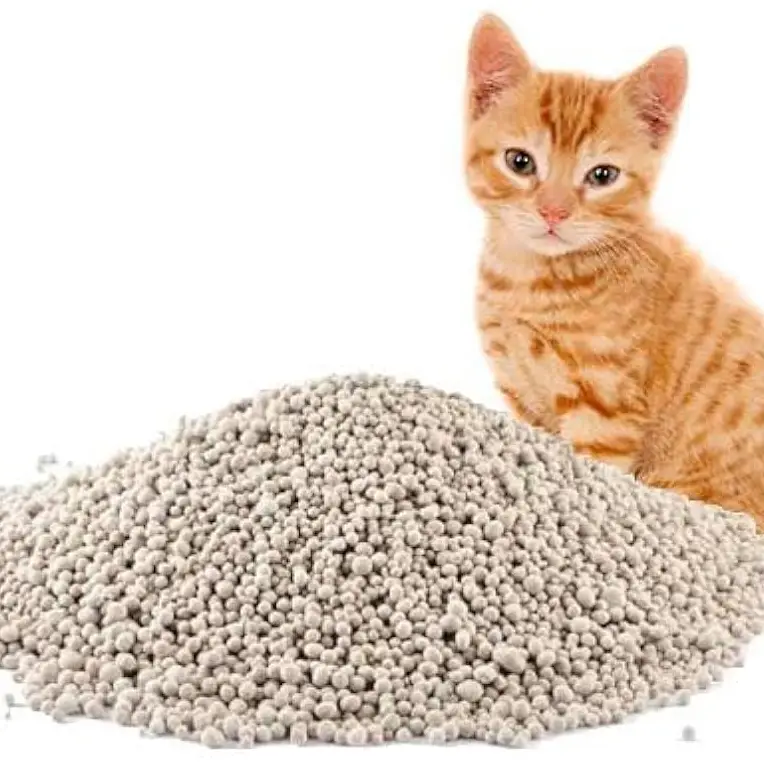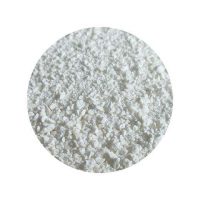Clay Cat Litter
Clay cat litter is one of the most popular types of cat litter available. It’s made from clay minerals, which are known for their absorbent properties. Clay cat litter is often affordable and readily available. It’s also effective at controlling odors and absorbing moisture.
Get Clay Cat Litter to Delight Your Clients
Clay cat litter is a popular and reliable option that can delight your customers. It’s known for its effectiveness in controlling odors and absorbing moisture, making it a convenient and practical choice for pet owners.

clumping clay cat litter
Clumping clay cat litter is a popular type of cat litter that forms clumps when exposed to moisture. This makes it easy to scoop and dispose of waste without disturbing the rest of the litter.
Benefits of clumping clay cat litter:
- Easy to clean: Clumping cat litter simplifies the cleaning process, making it more convenient for pet owners.
- Odor control: Clumping cat litter is effective at controlling odors by trapping moisture and preventing bacteria growth.
- Cost-effective: In the long run, clumping cat litter can be more cost-effective than non-clumping litter because you can use less overall.
non clumping clay cat litter
Non-clumping clay cat litter is another popular type of cat litter. Unlike clumping cat litter, it doesn’t form clumps when exposed to moisture. Instead, you’ll need to sift through the litter to separate the soiled litter from the clean.
Benefits of non-clumping clay cat litter:
- Less dusty: Non-clumping clay cat litter is generally less dusty than clumping cat litter, which can be beneficial for cats with respiratory sensitivities.
- Gentler on paws: Some cats may find the texture of non-clumping litter to be gentler on their paws.
- Affordable: Non-clumping clay cat litter is often more affordable than clumping cat litter.


natural clay cat litter
Natural clay cat litter, or 100 natural clay cat litter, is made from clay minerals, which are known for their absorbent properties. It’s a popular choice for cat owners due to its affordability and effectiveness in controlling odors and absorbing moisture. Clay cat litter comes in both clumping and non-clumping varieties, and it’s available scented or unscented.

clay based cat litter
Clay-based cat litter is a popular option made from clay minerals. It’s known for its absorbency and odor control. There are two main types: clumping, which forms clumps for easy disposal, and non-clumping. While generally safe, some clay litters can be dusty or track easily. It’s essential to choose a litter that suits your cat’s needs and preferences.

unscented clay cat litter
Unscented clay cat litter is a type of cat litter that doesn’t contain any added fragrances. This can be beneficial for cats with sensitive noses or allergies, as strong scents can be irritating. Unscented clay cat litter is still effective at absorbing moisture and controlling odors, making it a good choice for pet owners who prefer a natural and fragrance-free option.

baked clay cat litter
Baked clay cat litter is a type of cat litter that is made by heating clay to high temperatures. This process creates a hard, porous material that is highly absorbent and effective at controlling odors. Baked clay cat litter is often available in clumping and non-clumping varieties.

calcined clay cat litter
Calcined clay cat litter is a type of cat litter made from clay that has been heated to high temperatures. This process, called calcination, improves its absorbency and odor control properties. It’s a naturally derived option that’s often considered a safe and effective choice for cat owners.

clay pellet cat litter
Clay pellet cat litter is a natural and biodegradable option for pet owners. Made from compressed clay, it offers excellent odor control and absorption. While it may not clump as easily as traditional clay litters, it’s often considered a more environmentally friendly choice.

composting clay cat litter
Composting clay cat litter is generally not recommended. Clay is a natural mineral that does not break down naturally in compost piles. If you’re looking for a more environmentally friendly option, consider using biodegradable cat litters made from recycled paper or corn. These types of litter can be composted and are better for the environment.

fired clay cat litter
Fired clay cat litter is a type of cat litter made from clay that has been heated to a high temperature. This process makes the clay more durable and absorbent. Fired clay cat litter is often available in clumping and non-clumping varieties. It’s known for its strong odor control and ability to absorb moisture effectively.

absorbent clay cat litter
Absorbent clay cat litter is a type of cat litter made from clay minerals that are highly absorbent. This means it effectively traps moisture and odors, keeping your cat’s litter box clean and fresh. Absorbent clay cat litter is available in both clumping and non-clumping varieties.

low dust clay cat litter
Low-dust clay cat litter is a type of cat litter specifically designed to minimize dust particles. This can be beneficial for cats with respiratory sensitivities and for pet owners who want to keep their homes cleaner. Low-dust clay cat litter is often made from smaller clay particles or treated to reduce dustiness.

molar clay cat litter
Molar clay cat litter is a type of clay-based litter known for its strong clumping ability and effective odor control. It’s made from a specific type of clay that forms tight clumps when wet, making cleanup easy. While it’s a popular choice, it’s important to note that some clay litters can be dusty and may not be suitable for cats with respiratory sensitivities.
Why Choose Our Clay Cat Litter
Superior Absorption:
- Effective odor control: Our clay cat litter is highly absorbent, quickly trapping moisture and neutralizing odors to keep your home smelling fresh.
- Reduced tracking: The absorbent nature of our clay cat litter helps to prevent litter from tracking throughout your home.
Wide Variety of Options:
- Clumping and non-clumping: We offer both clumping and non-clumping options to suit your preferences and your cat’s needs.
- Scented and unscented: Choose from a variety of scented options or opt for unscented litter for sensitive cats.
Environmentally Friendly:
Natural ingredients: Our clay cat litter is made from natural clay minerals, which are biodegradable and have a lower environmental impact compared to some synthetic litters.
Affordable and Accessible:
- Competitive pricing: Our clay cat litter is competitively priced, making it an affordable option for pet owners.
- Wide availability: Our products are available at retailers nationwide, making it easy to find the right litter for your cat.
FAQs about Clay Cat Litter
what is clay cat litter?
Clay cat litter is a popular type of cat litter made from clay minerals. These minerals are known for their absorbent properties, making them effective at trapping moisture and controlling odors.
what is clay cat litter made of?
Clay cat litter is primarily made from a type of clay called bentonite.
This clay has unique properties that allow it to absorb moisture and form solid clumps when wet. This clumping ability makes it easy to scoop out waste and maintain a clean litter box. Some clay litters may also contain additional ingredients like silica or activated carbon to enhance odor control and absorption.
how often to change clay cat litter?
The ideal frequency for changing clay cat litter depends on several factors:
- Number of cats: The more cats you have, the more frequently you’ll need to change the litter.
- Litter type: Clumping clay litter can be scooped daily, while non-clumping may need to be changed more frequently.
- Litter box cleanliness: If the litter box becomes dirty or smelly, it should be cleaned more often.
As a general rule, you should scoop out soiled litter daily and completely change the litter every 1-2 weeks. This helps to prevent odors and maintain a clean, healthy environment for your cat.
Signs that it’s time to change the litter:
- Strong odors: If the litter box starts to smell unpleasant, it’s time for a change.
- Visible waste: If you can see clumps of feces or urine in the litter, it needs to be replaced.
- Cat avoidance: If your cat seems to be avoiding the litter box, it might be due to a dirty or unpleasant environment.
By following these guidelines, you can ensure your cat’s litter box remains clean and comfortable.
how to dispose of clay cat litter?
Here’s how to properly dispose of clay cat litter:
- Scoop out soiled litter: Scoop out any soiled litter and place it in a sealed plastic bag.
- Seal the bag: Ensure the bag is tightly sealed to prevent odors from escaping.
- Dispose of in the trash: Place the sealed bag in your regular household trash.
- Clean the litter box: Wash the litter box with warm, soapy water and rinse thoroughly.
- Add fresh litter: Fill the litter box with fresh clay cat litter.
It’s important to avoid flushing clay cat litter down the toilet, as it can clog your plumbing system. Additionally, some municipalities may have specific guidelines for disposing of cat litter, so be sure to check your local regulations.
By following these steps, you can ensure that your clay cat litter is disposed of safely and responsibly.
is clay cat litter bad for cats?
Clay cat litter can be a safe and effective option for cats, but there are some potential health risks to consider.
Potential health risks associated with clay cat litter:
- Dust: Some clay cat litters can be dusty, which may irritate your cat’s respiratory system. This is especially true for cats with allergies or respiratory sensitivities.
- Ingestion: If a cat accidentally ingests clay litter, it can cause digestive problems.
- Tracking: Clay cat litter can track easily, leading to mess and potential ingestion of harmful substances.
To minimize these risks:
- Choose low-dust or dust-free options: Look for clay cat litters that are specifically designed to be less dusty.
- Monitor your cat: Keep an eye on your cat’s behavior and health. If you notice any signs of discomfort or illness, consult with your veterinarian.
- Consider alternative litters: If you have concerns about the potential health risks of clay cat litter, there are other options available, such as silica gel or recycled paper litters.
Clay cat litter is generally safe for cats when used properly. However, it’s important to be aware of the potential health risks and take steps to minimize them. If you have concerns about your cat’s health or the litter you’re using, it’s always a good idea to consult with your veterinarian.
can clay cat litter be composted?
No, clay cat litter is not compostable.
It’s made from clay minerals, which are not biodegradable. This means they won’t break down naturally in a compost pile.
If you’re looking for a more environmentally friendly option, consider using biodegradable cat litter made from materials like recycled paper or corn. These types of litter can be composted and are better for the environment.









